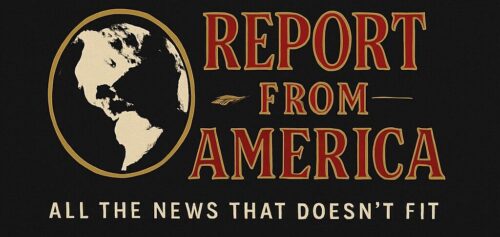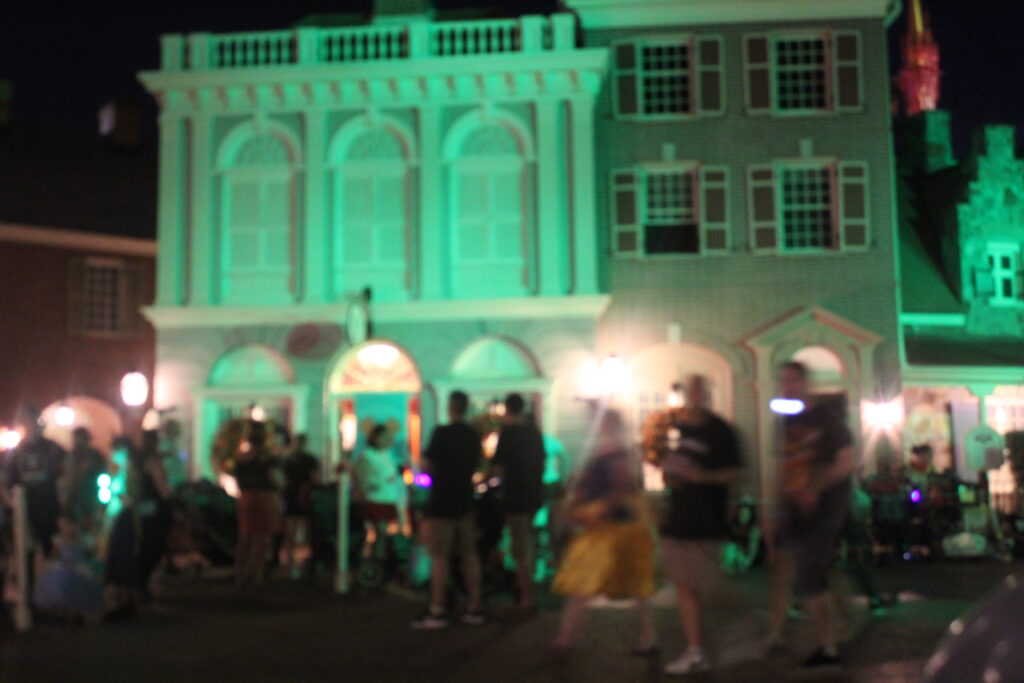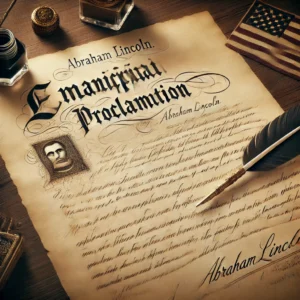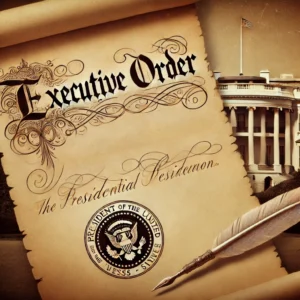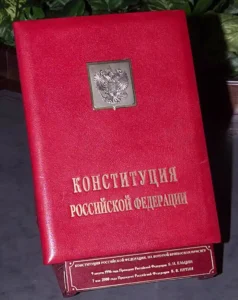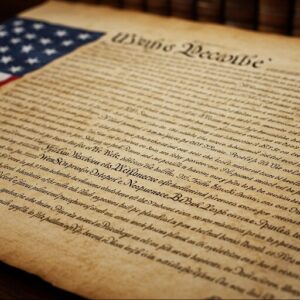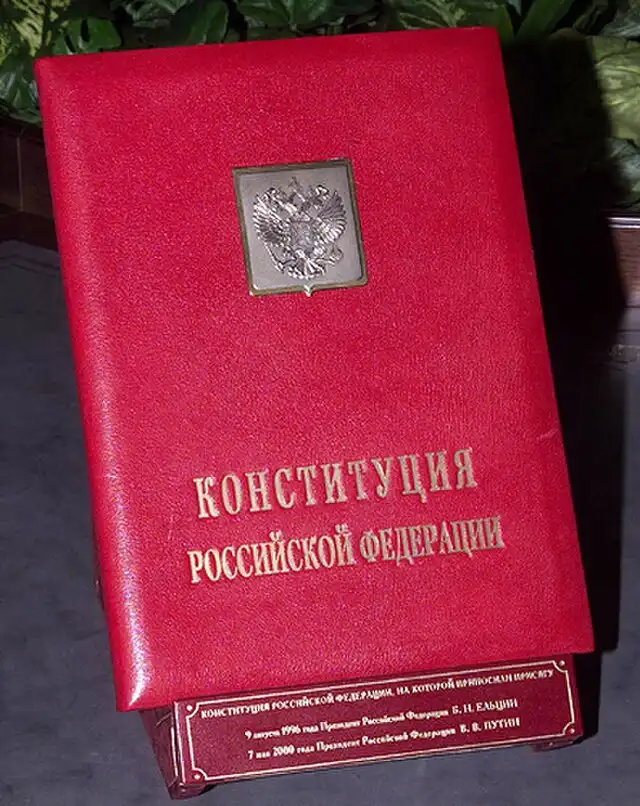
While considering the American Constitution with an eye on getting a handle on what a constitutional crisis would look like, it might be helpful to take a look at some constitutions from other nations, and how they are similar or dissimilar to the American one. The United States is certainly not the only constitutional government in the world, and in fact, most countries have a constitution. However, how they work and function is as different as the many cultures that created them. Some pages will be devoted to taking a look at some of these Constitutions. In discussing the nature of a Constitutional Crisis it might be helpful to look at how other nations view their constitution—and how they might handle a constitutional crisis.
Russia
Quick personal interjection: When I first started to prepare this page, I envisioned a one page quick-survey of other Constitutions, but I began with Russia which turned out to be an interesting comparison. Under the current political climate in the US, there might be some who would—directly or indirectly—favor this model of a constitution, and it could underscore where Constitutional Crisis could lead
If you have reached a certain age, as I have, it is hard not to think of Russia as the USSR. Growing up, we only admired Russia’s vast and varied culture from afar, and we learned to fear what their aims were in terms of US security and any goal of world peace.
This all changed in 1989—at least briefly. Russia adopted a new Constitution. The Constitution from the USSR era was amended in 1991, and a new one was adopted in 1992. This one was changed in 2020.
The first thing to note about the Russian Constitution, which might surprise some Americans, is that it has a long list of rights guaranteed to Russian citizens. It has everything in the US Constitution’s Bill of Rights, except the right to bear arms, and it enumerates many, many more rights of Russian citizens. It is a little vague about how these rights will be guaranteed and often just refers to “federal law.”
It is worth pointing out something here that might be a tad controversial, but the application and the meaning of the Bill of Rights has changed over time. The original Bill of Rights was a guarantee that the Federal Government could not pass laws in conflict with States’ laws. For instance, the religious “no establishment” clause only was meant to apply to the federal governments as states were free to have established religions, as some of the colonies had done. But this—along with other constitutional matters—has evolved over time.
So do the Constitutions substantially differ?
Yes. There are minor differences between both constitutions, and a number of these minor things can add up to substantial variation. For instance, the US Constitution has much to say about the procedures of electing officials or removing them from office, where the Russian Constitution has little to say about this.
So what are the major differences?
The explicit power of the presidents
The US constitution grants four specific powers to the US president. The word president is only used 34 times in the US Constitution, and 6 of those refer to the vice president and another 20 refer to the election of the president, leaving only 14 uses referring to the duties of the president. By contrast, the Russian constitution uses the word 92 times, and only 1 of those refers to the election of the president (which says that will be set by federal law).
The Powers of the Russian president:
The following excerpts are from the actual words of the Constitution (in translation of course)
-
- The President of the Russian Federation shall be the guarantor of the Constitution of the Russian Federation and of human and civil rights and freedoms. In accordance with the procedure established by the Constitution of the Russian Federation, he (she) shall adopt measures to protect the sovereignty of the Russian Federation, its independence and State integrity, and shall ensure the coordinated functioning and interaction of State government bodies.
-
- Shall dissolve the State Duma in the cases and in accordance with the procedure provided for by the Constitution of the Russian Federation;
-
- The President of the Russian Federation shall issue edicts and regulations.
-
- The edicts and regulations of the President of the Russian Federation shall be binding on the entire territory of the Russian Federation.
-
- The President of the Russian Federation shall have immunity.
-
- The State Duma may be dissolved by the President of the Russian Federation in the cases envisaged by Articles 111 and 117 of the Constitution of the Russian Federation.
-
- (from Article 111 ) In the event that the State Duma rejects the candidates for the post of Chairman of the Government of the Russian Federation three times, the President of the Russian Federation shall appoint the Chairman of the Government of the Russian Federation, dissolve the State Duma and announce new elections
-
- (from Article 117) The State Duma may express no confidence in the Government of the Russian Federation. A resolution of no confidence in the Government shall be adopted by a majority of votes of the total number of deputies of the State Duma. After the State Duma has expressed no confidence in the Government of the Russian Federation, the President of the Russian Federation shall have the right to announce the resignation of the Government or to reject the decision of the State Duma. In the event that the State Duma expresses no confidence in the Government of the Russian Federation again within three months, the President of the Russian Federation shall announce the resignation of the Government or dissolve the State Duma.
-
- The Chairman of the Government of the Russian Federation may raise before the State Duma the issue of confidence in the Government of the Russian Federation. If the State Duma returns a vote of no confidence, the President shall within seven days adopt a decision on the resignation of the Government of the Russian Federation or on the dissolution of the State Duma and the announcement of new elections.
Let’s enumerate or highlight a few things—these are not direct excerpts
-
- The Russian President appoints the prime minister which is then confirmed by the State Duma (lower chamber of Russian parliament). However, if the Duma rejects his appointment three times, the President can dissolve the Duma and call for new elections.
-
- The Russian President can also dissolve the State Duma if it passes a vote of no confidence twice (for the first time, the President can decide on dissolving the Duma or holding new elections).
-
- The President can dismiss member of state or regional governments at will, unlike the US President, who has limited to no power over state governments
-
- The judiciary is not fully independent of the Executive branch – judges require confirmation from the Federation Council (the upper house) which is generally under the control of the President, so the president can choose whoever he wants, without opposition. Likewise, a judge can be removed by submitting a request to the Federation council (again, generally controlled and beholden to the President). So in practice, the Russian President has the right to remove judges from the Supreme court —further undermining their supposed independence.
-
- The president can issue presidential decrees which is similar to the US executive orders except without judicial review or parliamentary approval.
-
- The president has absolute control over military decisions as opposed to the US system, where only Congress can authorize war (the US has not been in a declared war since 1942) and Congress controls military funding (which remains important for any military ambitions).
-
- The president can impose federal control over areas that do not follow government policies. This can’t generally be done in the US because of States rights (in the US, this can only be done if the state is found to be operating in violation of the Constitution—as in the desegregation actions)
-
- The Russian system is weak in checks and balances, with the media, courts and Parliament heavily influenced by the President. This one is a little bit nebulous. Officially, the president has no controlling influence over the media and Parliament, but the lack of procedural details in the Russian constitution indicate otherwise.
The President of the United States as described by the US Constitution
The President shall be Commander in Chief of the Army and Navy of the United States, and of the Militia of the several States,
…he shall have Power to grant Reprieves and Pardons for Offences against the United States, except in Cases of Impeachment.
He shall have Power, by and with the Advice and Consent of the Senate, to make Treaties, provided two thirds of the Senators present concur;
….and he shall nominate, and by and with the Advice and Consent of the Senate, shall appoint Ambssadors, other public Ministers and Consuls, Judges of the supreme Court, and all other Officers of the United States, whose Appointments are not herein otherwise provided for, and which shall be established by Law…The President shall have Power to fill up all Vacancies that may happen during the Recess of the Senate, by granting Commissions which shall expire at the End of their next Session.
This is the entirety of the power of the US President, as described in the Constitution. The Constitution grants the president four powers: 1) The President is Commander in Chief of the armed forces; 2) He can make treaties with foreign governments with consent of the Senate; 3) He can make appointment of judges and officials; 4) He can grant reprieves and pardons for federal crimes.
He also has the power to veto bills although the vetos can be overridden by Congress.
There is a very good article with an in-depth analysis of both constitutions here
